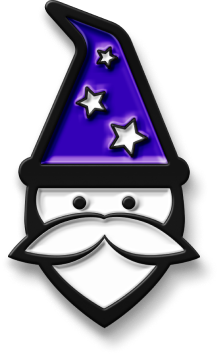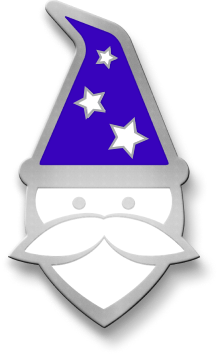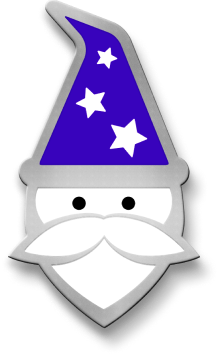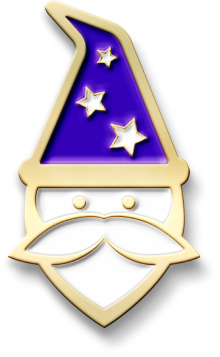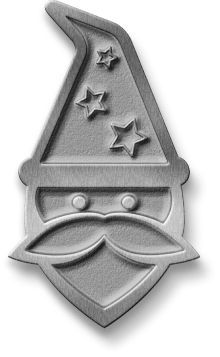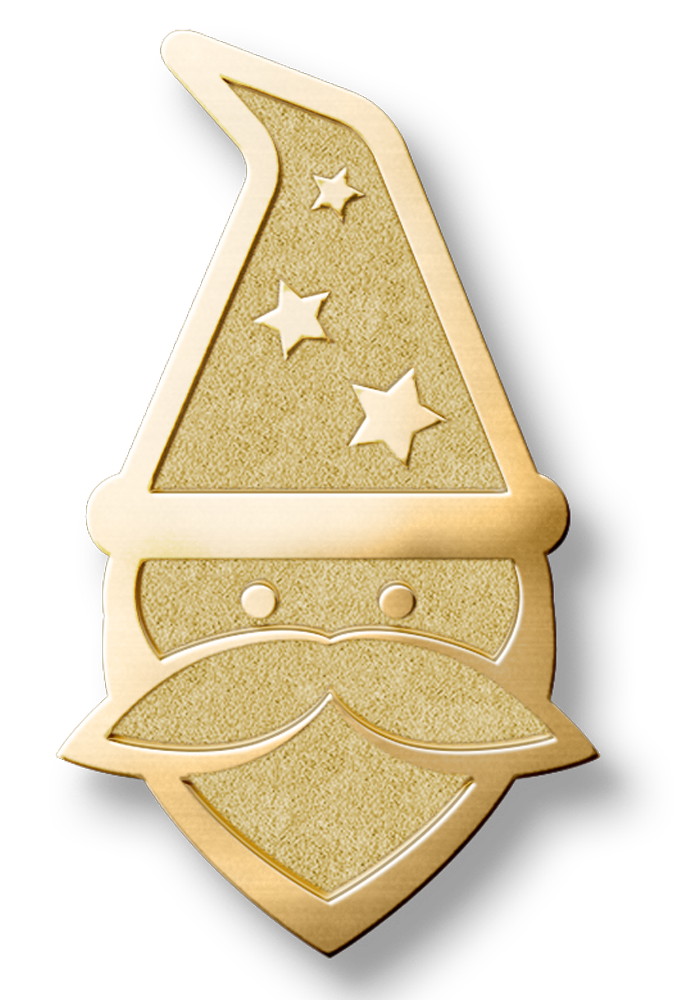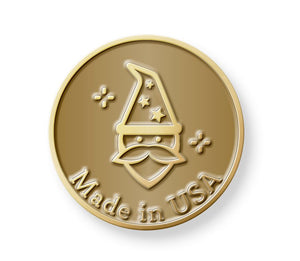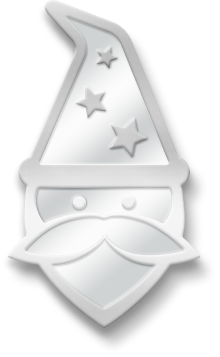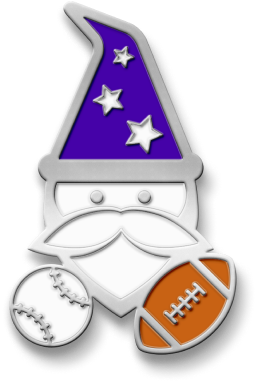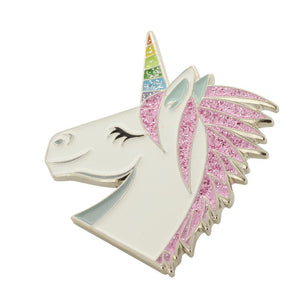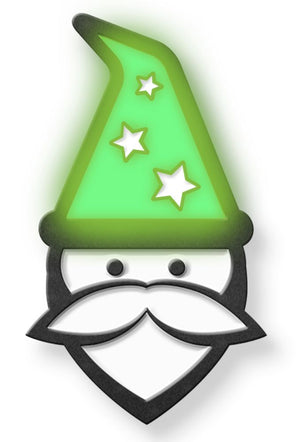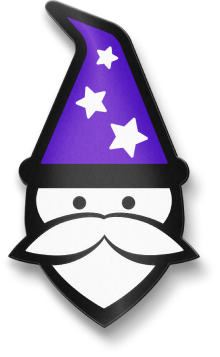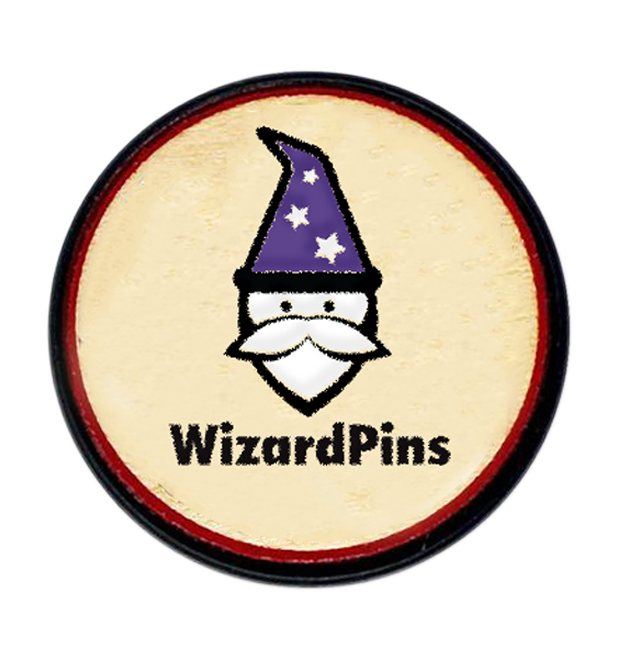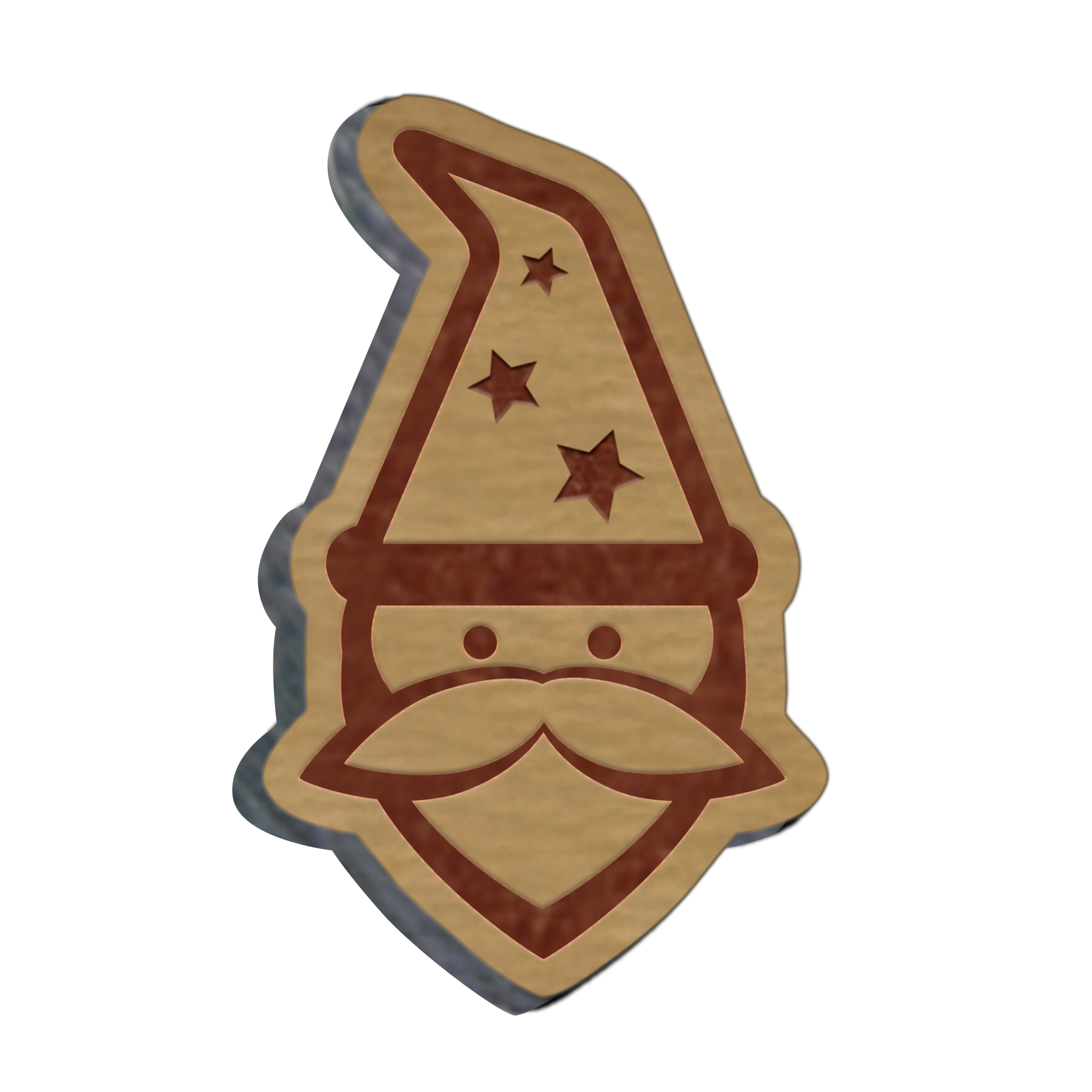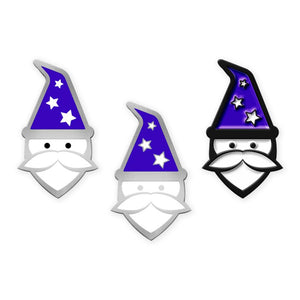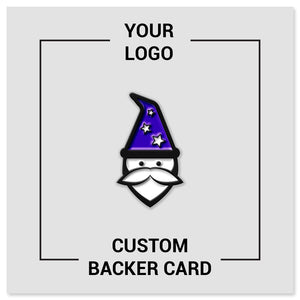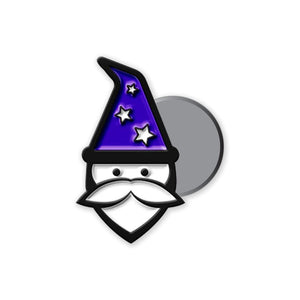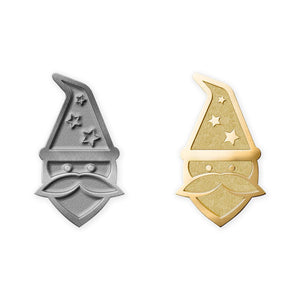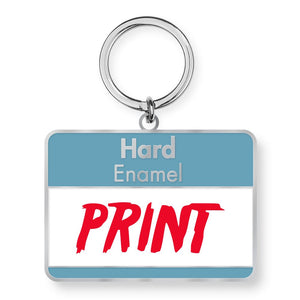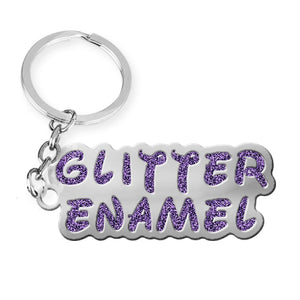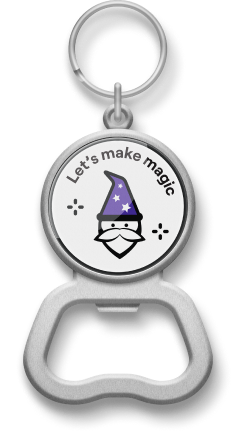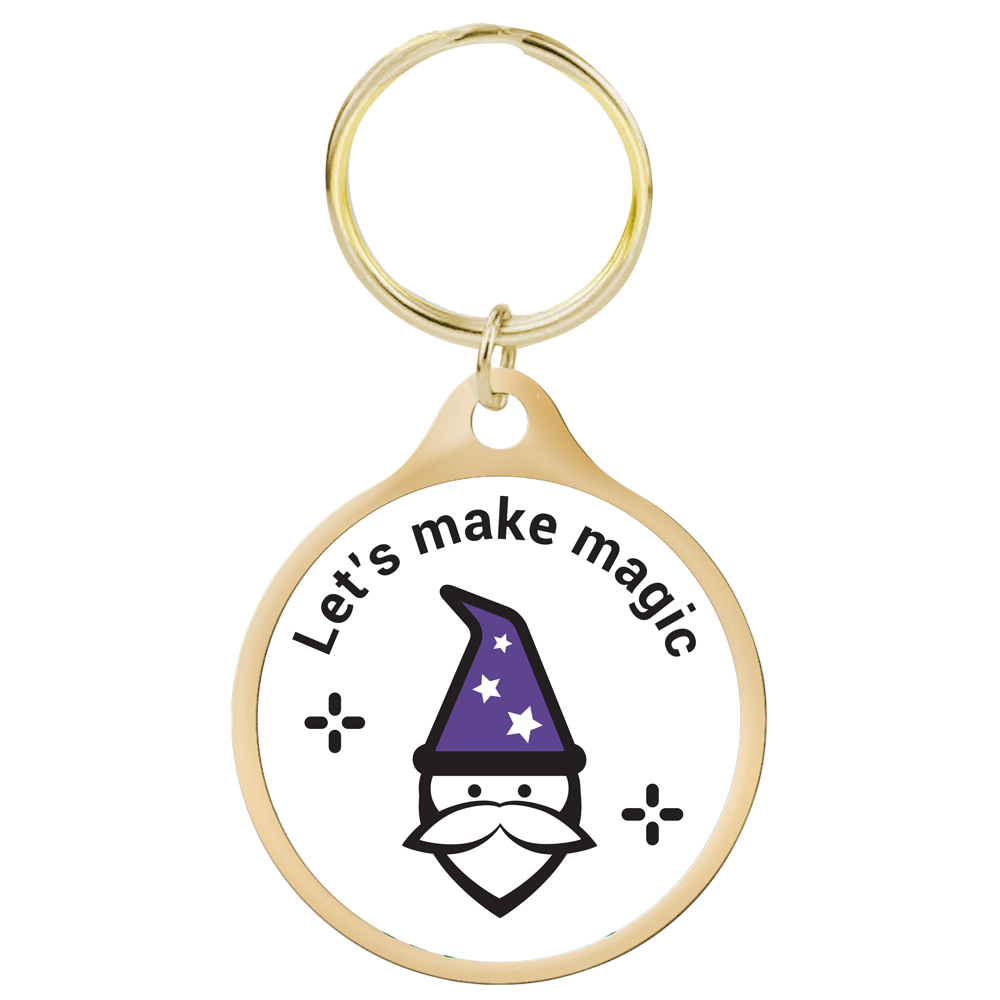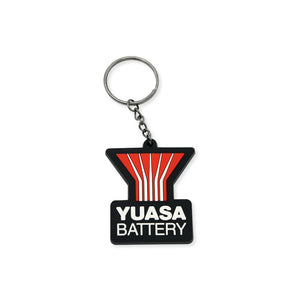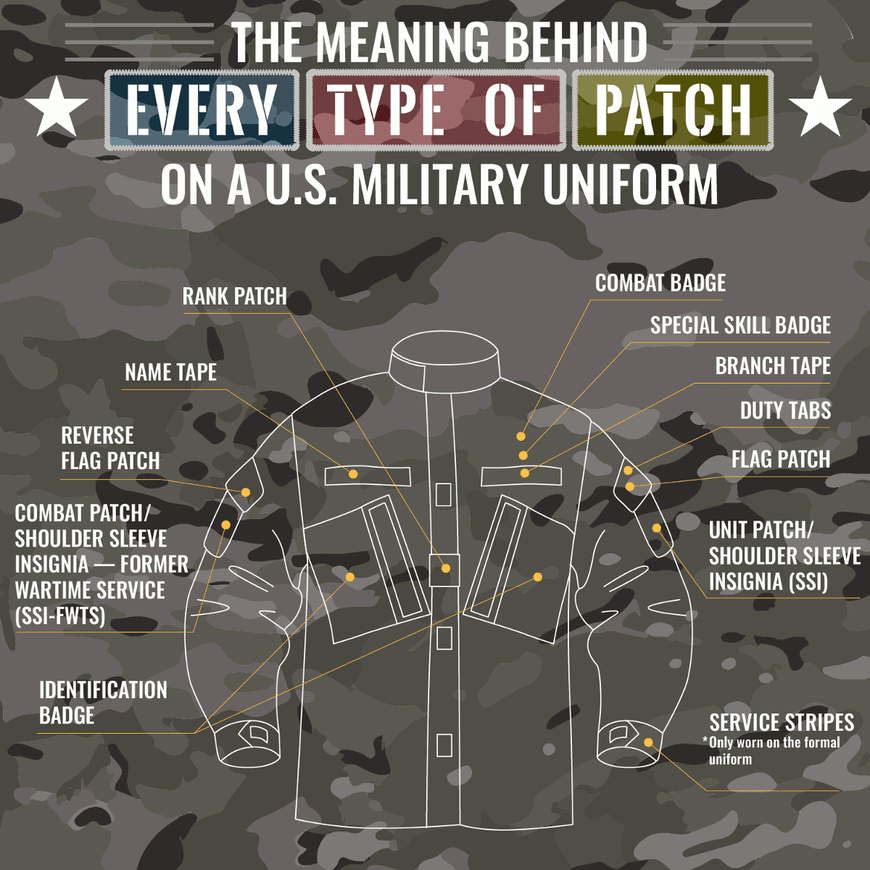One of the first things that many people notice upon seeing a member of the U.S. military is that their uniform is adorned with a variety of patches and insignia. These patches are sewn or ironed across the front and on both shoulders, and come in a variety of sizes, shapes, and colors. But what do the patches on military uniforms mean? To better understand these important identifiers on a military uniform, WizardPins has created a diagram that breaks down each military patch’s meaning. We focused on the patches that are worn on a Battle Dress Uniform (BDU), which is worn by armed forces during active duty and on combat missions. Our diagram includes examples of each of the different types of military patches that can be found across all branches of the military. Some of the military patches you’ll learn more about are Combat and Special Skills Badges, Shoulder Sleeve Insignias, and even why service members wear a reverse flag patch on one of their shoulders.
Click here to view the full size visualization
What Can Civilians Do to Show Support for the U.S. Military? Custom Pins Are a Great Way to Show Support!
It is important to remember that it is not appropriate for civilians to adopt official military badges or insignia as their own, even if worn as a show of support. However, there are many different ways that civilians can show support for the U.S. military using custom pins, coins, and keychains in several meaningful ways:
- Patriotic Displays: Civilians can wear custom pins with symbols like the American flag, military branches, or specific units to demonstrate their support. These pins can be worn on clothing, bags, or hats, serving as a visible sign of solidarity with service members.
- Fundraising for Veterans and Military Causes: Custom commemorative coins, enamel pins, and custom keychains can be sold as part of fundraising campaigns for military-related charities or support programs. Purchasing and displaying these items helps raise awareness and funds for wounded veterans, military families, or memorial foundations.
- Personalized Gifts to Service Members: Civilians can create custom commemorative coins or keychains to give to service members as tokens of appreciation. These items can be personalized with messages of gratitude, military insignia, or quotes, making them heartfelt gifts that honor their service.
- Community Events and Parades: At community events, like Veterans Day parades or Memorial Day ceremonies, civilians can hand out or wear custom pins and keychains to honor military service. These items can be designed with patriotic themes, branch-specific symbols, or event logos, creating a unified sense of support.
- Military Family Support: Families of service members can create or wear custom pins or carry keychains that honor their loved ones in the military. Items can feature the service member's name, rank, and branch, symbolizing pride and recognition for their service.
- Commemorative and Memorial Uses: Custom coins can be created to honor fallen soldiers or significant military milestones. Civilians can distribute or collect these coins as a way to remember and pay tribute to those who have made sacrifices for their country.
- Corporate and Organizational Support: Companies and organizations can design custom pins, coins, and keychains featuring military insignia or patriotic themes as part of their initiatives to support veterans or active service members. These items can be given to employees or customers to show corporate solidarity with the military.
By using these custom items, civilians can actively participate in honoring and supporting the U.S. military, creating a tangible connection to those who serve while fostering a sense of national pride and appreciation.
When Did Service Members Start Wearing Patches On Their Uniform?
Military patches didn’t become a standard part of the U.S. military uniform until World War I. Army patches first became popular when the Army’s 81st Infantry Division wore the first shoulder patch representing their unit. Their insignia was a wildcat on an olive green background. Other Army units were then ordered to follow suit with their own unit patches with a unique insignia embroidered onto it. Thus, the Shoulder Sleeve Insignia (SSI) was born and has become a staple on the Army uniform and other military uniforms ever since.
The Shoulder Sleeve Insignia is worn on the left shoulder to represent the service member’s current unit, while the right shoulder is reserved for the Shoulder Sleeve Insignia — Former Wartime Service (SSI-FWTS), also known as the Combat patch. The SSI-FWTS is a military patch that should be worn with pride as it shows that the soldier put their life on the line to protect their country in a combat zone. Army combat patches are only awarded to those who were in active combat operations and include the insignia of the unit that the soldier served in combat with.
Types of Military Patches and Badges
Read on to learn more about the patch meaning behind all of the badges and insignias worn by different branches of the military, as well as all of the patches worn across the U.S. military ranks.
Name and Branch Tape
The Branch Tape is a patch worn above the front left pocket of a combat uniform and it identifies to which of the different military branches the service member belongs. Its simple style mirrors that of the Name Tape patch which sits above the front right pocket and displays their last name. The large capital letters used on the Branch and Name tapes are to be able to quickly identify the service member and their military branch while in the field. These are two of the most basic military patches that can be found on a uniform, along with a rank patch to be able to quickly identify how the service member should be addressed.
Flag Patch and Reverse Flag Patch
Flag patches are worn on both shoulders to remind service members of what they are fighting for. The flag on the right shoulder is reversed to give the effect of a flag blowing in the breeze as the service member moves forward, adhering to the regulation that the star field always faces forward. The flag patch was originally required to be red, white, and blue, but an update to the Army Battle Dress Uniform replaced them with muted colors to remain camouflaged.
Rank Patch
Worn in the middle of the chest, this patch identifies the military ranking of the service member within their specific branch of the military. E-1 is the lowest of the military ranks, normally only held by new recruits while at basic training, and they do not wear a rank patch on their uniform. The other ranks E-2 through E-9 have specific designs based on their rank in order to be able to quickly identify and correctly address another service member. You can find the full set of rank patches in the military ranks chart included in the diagram.
Unit Patch/Shoulder Sleeve Insignia (SSI)
Military unit patches are worn on the left shoulder, the insignia on the patch represents the brigade or division the service member is currently assigned to. U.S. Army patches are unique in that all Army soldiers are required to wear U.S. Army unit patches as part of their uniform.
Combat Patch/Shoulder Sleeve Insignia — Former Wartime Service (SSI-FWTS)
Worn on the right shoulder, this patch represents the unit the service member served in during combat operations. If they have served in combat zones multiple times with different units, they can choose which unit patch to display on their right shoulder.
The Shoulder Sleeve Insignias of the following military units were included in our diagram:
- U.S. Army 1st Infantry Division
- U.S. Army 101st Airborne Division
- 1st Marine Brigade
- 1st Battalion 9th Marines
- Navy River Division 532
- U.S. Coast Guard Port Security Unit 307
- U.S. Air Force Air Combat Command
- U.S. Space Force Space Operations Command
Duty Tabs
Duty Tabs are worn on the left shoulder above the SSI, duty tabs are used to display the special skills of an individual and/or their unit.
- Individual Tabs are earned by a service member through a qualification course such as Special Forces, Ranger, or Sapper. Individual tabs can also be earned through competitions such as the President’s Hundred.
- Unit Designation Tabs are worn just above the SSI to identify that specific unit’s special skill or major mission; these tabs will generally have something like Airborne, Mountain, Jungle, or Honor Guard written out on them.
Special Skills Badges
Special Skills Badges are patches worn on the upper left chest above the branch tab to show the special skills a service member has based on the school they completed. The most common special skills badges are:
- Airborne
- Aviator
- Air Assault
- Rigger
- Parachutist
Combat Badges
Combat Badges were awarded to soldiers who were present and actively engaging or being engaged by the enemy in active ground combat, they are worn above the Special Skills Badges.
- Combat Infantryman Badge — Awarded to Infantry and Special Forces soldiers
- Combat Action Badge — Awarded to soldiers who were not in Infantry or Special Forces
- Combat Medical Badge — Awarded to those who provided medical support while the unit was engaged in combat.
Identification Badges
Identification Badge is an insignia worn by service members with special duties, which can be permanently awarded if they are performed successfully. It is worn centered on the right front pocket.
- Drill Sergeant
- Recruiter
- Commander
- Military Horseman
Service Stripes
Service Stripes are worn on the bottom cuff of formal uniforms to show the number of years as a service member. The U.S. Army awards one service stripe for every three years of service, while the Navy, Coast Guard, and Marine Corps award one service stripe for every four years of service. The Air Force and Space Force do not award service stripes.
- Army members earn one service stripe for every 3 years of service, they are worn on the left cuff, and the overseas service stripe is worn on the right cuff. The Army service stripes are gold with a black border
- Marine Corps members earn one service stripe for every 4 years of service, they are worn on both sleeve cuffs. The Marine Corps service stripes are gold with a red border.
- Navy members earn one service stripe for every 4 years of service, they are worn on the left cuff. The Navy’s service stripes are red with a black border, although gold service stripes are awarded after 12 years of service.
- Coast Guard members earn one service stripe for every 4 years of service, they are worn on the left cuff. Coast Guard service stripes are red with a navy blue border for E-1 to E-6 ranks in the military or gold for E-7 to E-9 ranks.
Related: Custom patches, What are the different styles of custom patches?, 5 reasons to make custom patches
